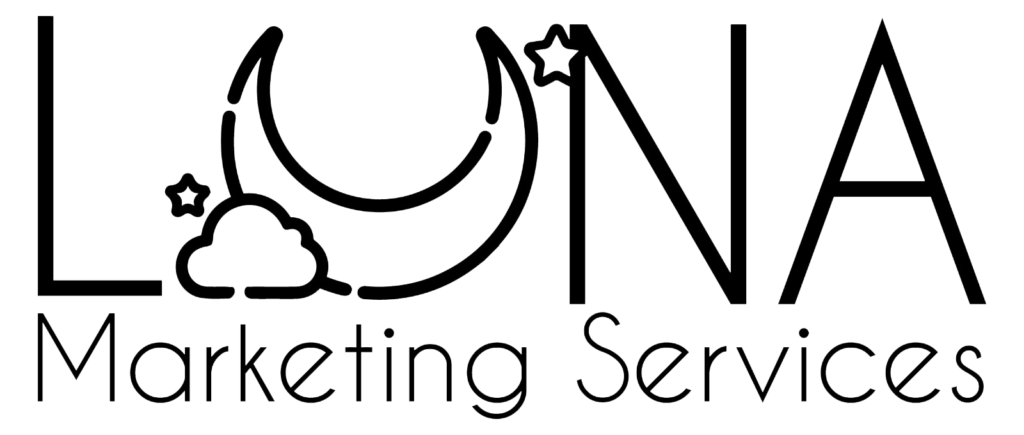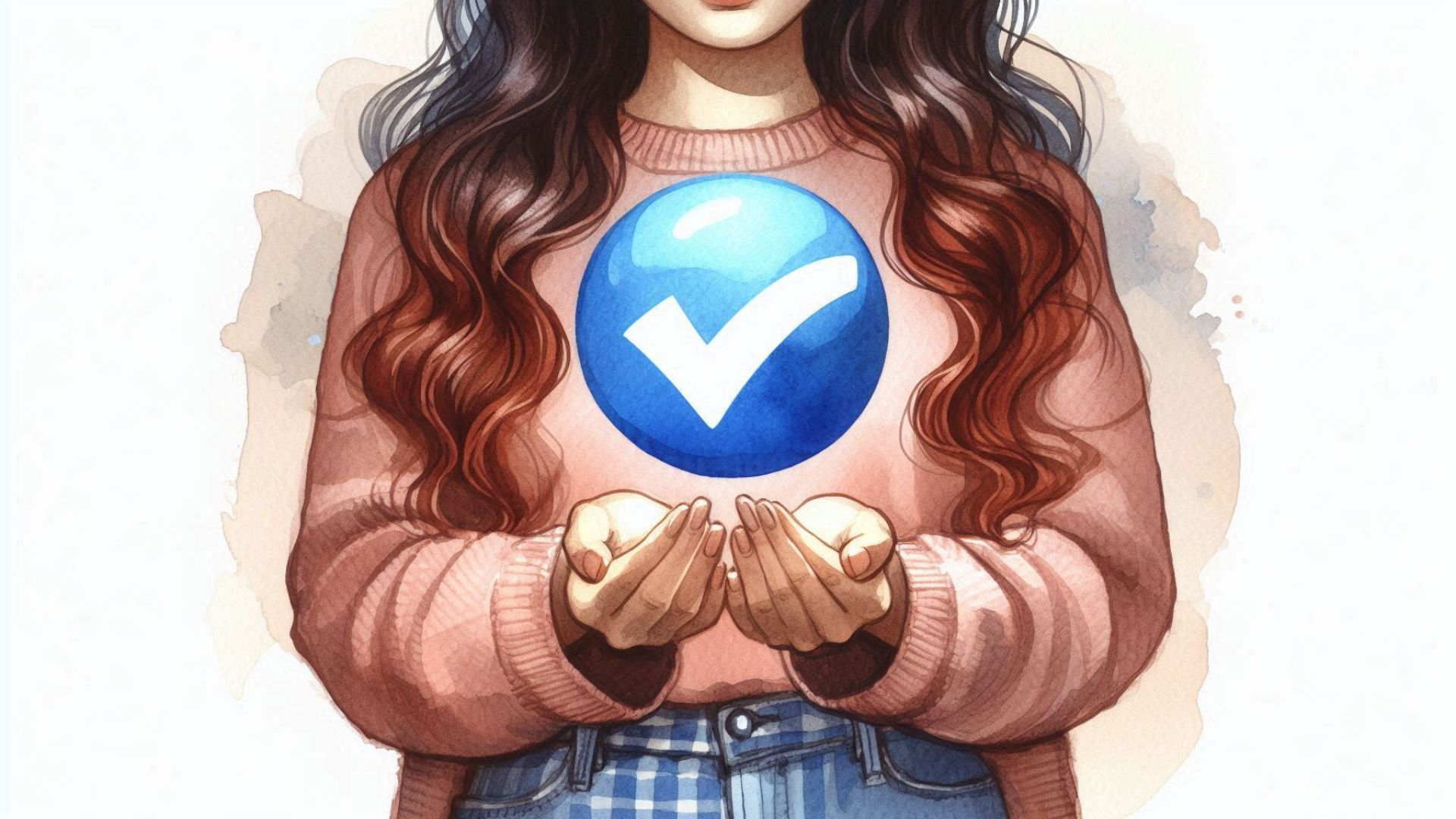Before 2009, there was no official way to know if a social media profile was “real” or an impersonator—and honestly, we know people who still have issues identifying the real from the fake ones—and life was ✨chaos✨.
Ok, maybe not. But there were some complaints—and even a lawsuit—about it.
The internet has always been full of people saying they are something they are not, usually for clout. To this day, you will always find a lot of impersonators and fake accounts looking for either fame or to scam people. Thanks to this situation—and the lawsuit really, nobody likes to have to go to court—the verified accounts and the blue checkmark were born.
What Is The Blue Checkmark?
Well, we are sure you have seen it: there is literally a little blue checkmark icon next to the names of certain accounts—usually celebrities—as a way to verify they are the real deal. Invented by Twitter back in 2009, the verified account program and the blue checkmark are a way for users to verify the authenticity of celebrities and well-known public figures.
If you were someone important, you would have it. It was almost an accomplishment for some.
With time, the blue checkmark became a status symbol on social media. It signified more than just “this account is real”—it was an exclusive club that not everyone could join. Celebrities, influencers, and public figures proudly displayed their blue checkmarks, almost like a badge of honor: it implied trust, authority, and prestige.
People were looking forward to getting verified just to be part of that exclusive group.
The Blue Checkmark Over The Years
Over time, the verification process spread and became more clearly defined. Instagram and Facebook, for example, introduced ways for businesses, organizations, and public figures to apply for verification, making it a little more accessible to the everyday user, although still relatively exclusive.
In recent years—and since Elon took over Twitter (don’t come at us with the “you mean X”, to us, it is and will always be Twitter)—the account verification process was made even more accessible to the general public via different subscription models which have been replicated by other platforms, killing to a sense the “exclusivity” of being verified.
Being verified has changed from being a goal to work towards to another feature social platforms offer. It is now tied to accessibility and, for some platforms, revenue generation. What was once a tool to protect against impersonation and establish authenticity is now available to anyone willing to pay a subscription fee.
With this change, comes a question:
Is It Worth It To Become “Verified”?
Have you heard the joke about marketers and social media experts always answering “it depends” when you ask something? Well, not to be cliche or anything, but the answer to the above question is precisely that:
It depends.
We certainly believe the checkmark has lost some value. The exclusivity that came with it has been diluted considerably by the fact that, now, all that you need is a credit card to start the verification process—but that does not mean there is zero value on it.
As a business, influencer, or creator, the blue checkmark next to your name signals to others that you’re worth paying attention to. Even with its wider accessibility, the checkmark is a visual cue for trustworthiness—an easy way for followers or potential customers to recognize you as legitimate.
Besides that, the checkmark now includes certain perks like added security and reach.
In some platforms—like Twitter—it is almost impossible to grow without paying for premium as the platform will prioritize the content of the paid users over the free ones. On the other hand, the checkmark still offers protection against impersonators: having a verified account can make it harder for imposters to convince others they’re the real you.
But Is It Really Necessary?
In short, No.
You are perfectly capable of running a business and starting your influencer career without having to pay for the verification on day one—particularly if you are starting small and your budget is limited—and while your growth might be slower, it is still possible (unless you are on Twitter).
If you’re looking to add a layer of trust and credibility to your profiles, the verification is still worth considering. At the end of the day, humans are visual creatures, and a blue checkmark still catches the eye. Of course, this is not a “solution” to any credibility or online presence deficiencies you might have: a blue checkmark is not a magic solution and won’t save your brand.
If you are looking to take your online presence to another level and you are unsure of where to start, reach out to us. We are here to guide you through your journey and help you find that sweet spot in the online world.






